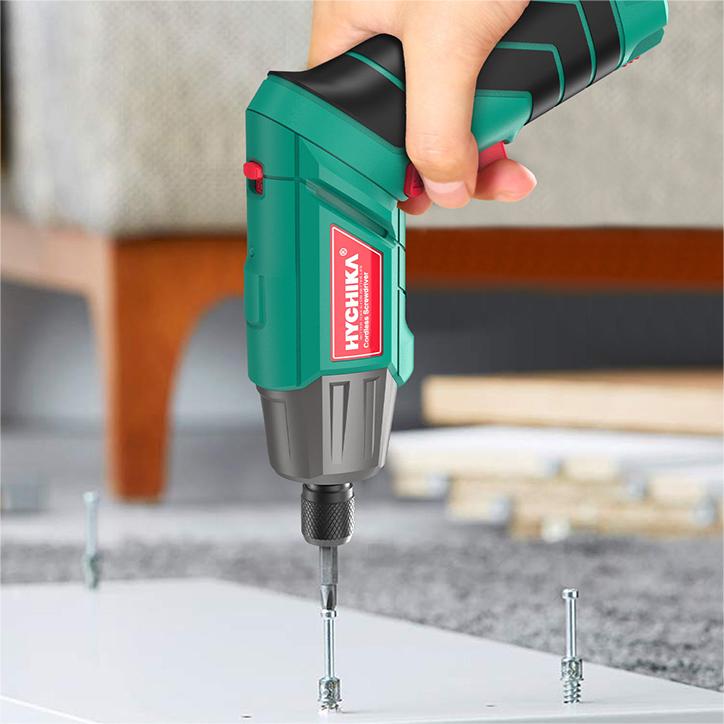When selecting a sanding tool, understanding the differences between an orbital sander and a mouse sander can help you choose the right one for your project. Both are popular for different tasks and knowing their specific uses can lead to better results.
Orbital Sander
Overview: An orbital sander is a versatile tool known for delivering a smooth, even finish with efficiency. It features a circular sanding pad that moves in small, elliptical orbits, which helps reduce visible scratch marks and ensures a uniform surface.
Key Features:
- Sanding Pattern: The pad moves in overlapping circles, making it ideal for large, flat surfaces.
- Applications: Best suited for smoothing and finishing expansive areas like floors, furniture, or painted surfaces. It’s commonly used for woodworking, metalworking, and preparing surfaces for painting.
- Power and Speed: Orbital sanders usually offer variable speed settings and are more powerful, handling tougher sanding tasks effectively.
- Dust Collection: Many come with built-in dust collection systems or can be connected to external dust extractors.
Pros and Cons:
-
Pros:
- Efficient for large surface areas.
- Produces a smooth, even finish.
- Variable speed settings for different needs.
-
Cons:
- Less effective in tight or intricate spaces.
- Can be bulkier and heavier compared to smaller sanders.
Mouse Sander
Overview: A mouse sander, or detail sander, is designed for precision work. Its small, triangular pad makes it perfect for reaching into corners and detailed areas.
Key Features:
- Sanding Pattern: Features a triangular pad that excels at precision sanding in tight spaces and intricate details.
- Applications: Ideal for small, detailed areas, edges, and corners. Commonly used for finishing furniture, sanding intricate spots, and detail work on metal and plastic.
- Power and Speed: Generally less powerful than orbital sanders, but capable of high speeds for efficient detail work.
- Dust Collection: Often includes built-in dust collection to maintain a cleaner work area.
Pros and Cons:
-
Pros:
- Excellent for detailed work and tight spaces.
- Lightweight and easy to maneuver.
- Quick and simple paper changes with hook-and-loop systems.
-
Cons:
- Not suited for large surface areas.
- Less power and speed compared to orbital sanders.
In summary, choose an orbital sander for large, flat surfaces and tasks requiring more power, while a mouse sander is ideal for precision work and tight spaces.And HYCHIKA offer different sanders to meet your daily needs, visit our sander collection to pick one!



